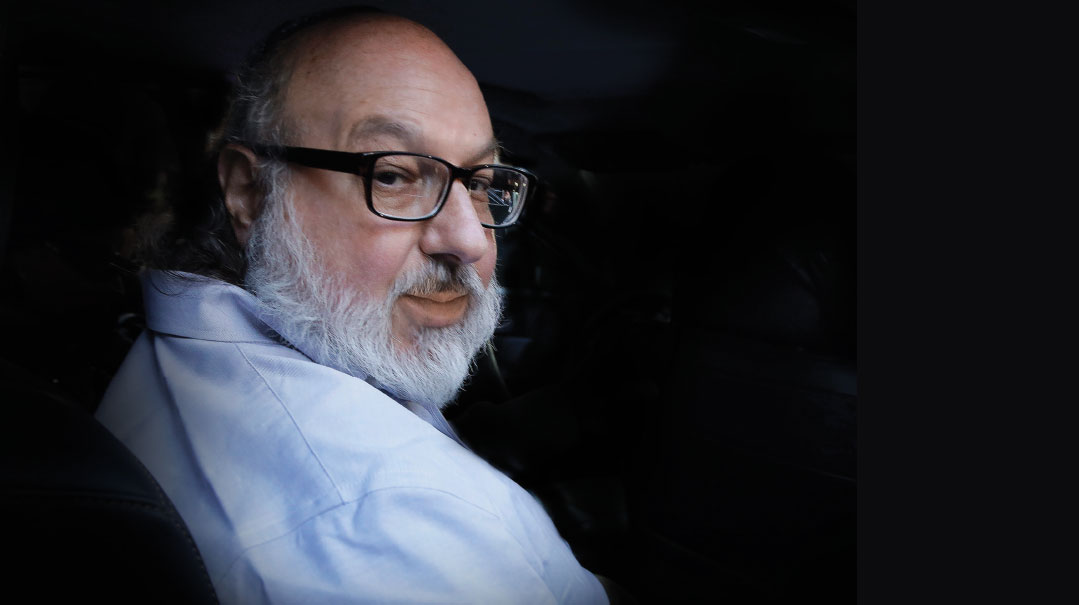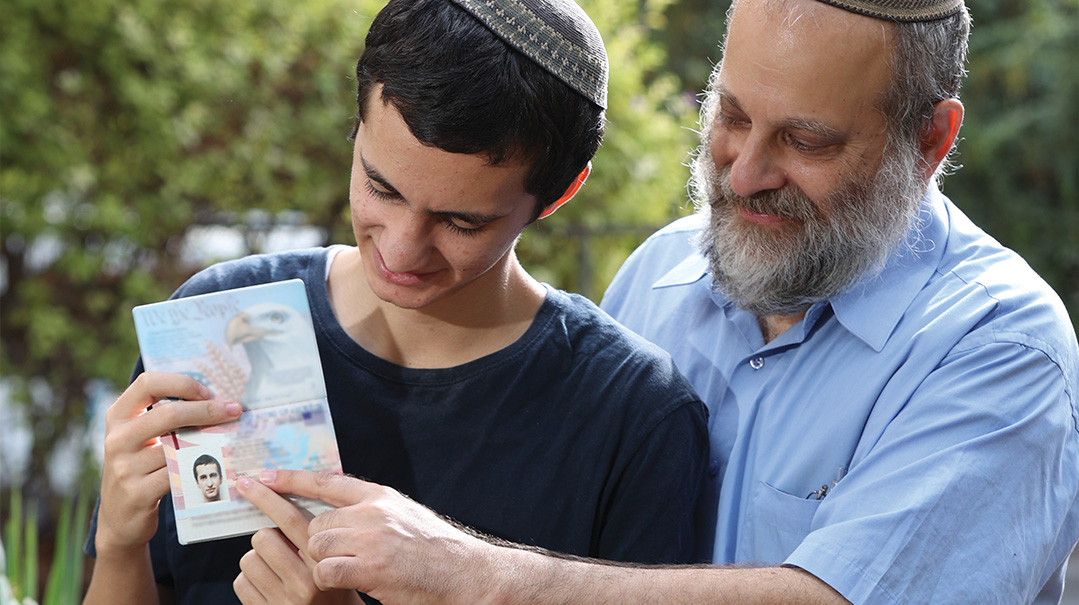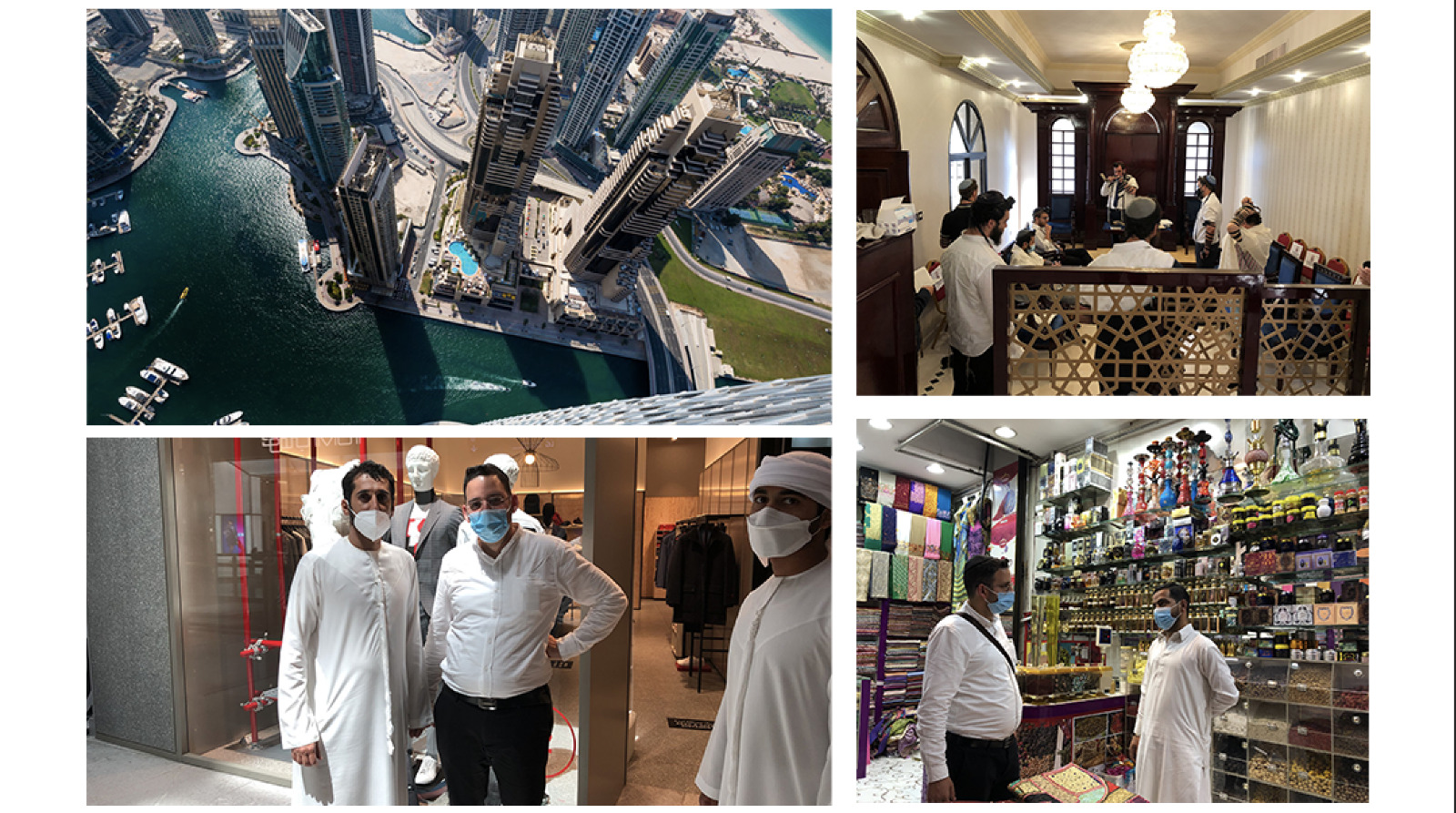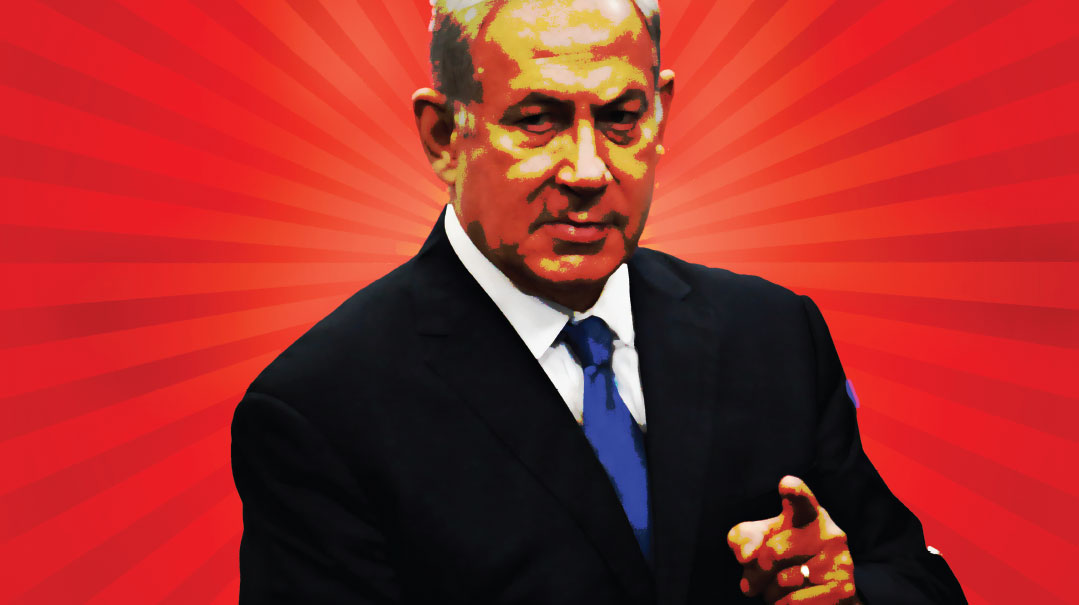Now or Never


Photos: Flash 90
It wasn’t a hard decision for Shimon Breitkopf.
The Wednesday before last, he was putting the finishing touches on his weekly column in the Hebrew-language Mishpacha when the phone call came.
It was a respected rav, not a name usually associated with politics. This talmid chacham had been deeply pained by the inter-chareidi divide during the recent municipal elections, and he’d gone to discuss it with Rav Chaim Kanievsky.
In Rav Chaim’s room, this rav expressed a hope that there would be complete shalom between the Torah-true parties — the litvish Degel HaTorah, the chassidish Agudah, and the Sephardi Shas. Rav Chaim nodded, and along with an expected blessing, he offered unexpected advice:
“Go work to make it happen.”
The rav wanted Mishpacha to give prime billing to the new development. This was big, he insisted. It could be a historic game-changer.
Shimon pulled up his list of contacts.
His first worry wasn’t whether or not unity could realistically be achieved, but whether or not Rav Chaim had really expressed it that way. Once he confirmed Rav Chaim’s language with the gadol’s family members, the decision was easy.
“If there’s one thing we learned in recent months,” Breitkopf says, “it’s that it’s not worth second-guessing Rav Chaim. He sees things differently than we do. And once we knew that he felt that this sort of shalom is not only possible, but optimal, the concept became real.”
Mishpacha CEO Yehuda Nachshoni bore the responsibility of making a decision that could potentially turn the 30-year old magazine into a laughingstock.
“It was a risk, and we understood that, but once our rabbinic board okayed it, we knew we were running with the story.”
The cover of the news section that week featured photos of the leaders of the three religious parties — Agudas Yisrael, Degel HaTorah, and Shas — with a large picture of Rav Chaim behind them and the word “Mitachdim [We’re Uniting].”
As expected, other pundits and journalists were quick to mock the story as fake news. Breitkopf and the editorial team were ridiculed in competing publications, on radio shows, and in social media.
And many political operatives denied it as well.
“But,” says Yehuda Nachshoni, “the people on the street embraced it: They feel wounded from the recent machlokes and want nothing more than to rally around a single flag. They love the concept. Plus the party leaders, Yaakov Litzman, Aryeh Deri, and Moshe Gafni — all three of them very smart men — know that the story is true. Our story resonated with those who were truly on the inside, and those on the outside. We were comfortable with our headline.”
It took a few days, but one by one, the scoffers started to backtrack, speculating that maybe the rumors had some truth to them. Secular media pounced on the story as well and it dominated the news cycle.
The second round of Mishpacha reports were also confirmed: The chassidishe admorim who lead Agudah had given the green light to Moetzes secretary Reb Yaakov Weltzer to conduct talks with the other parties.
Now, two weeks later, even as those early reports have been proven correct, a final decision has yet to be made. But the promise of unity feels more realistic than ever to the bruised, fractured chareidi public. And the excitement on the streets is undeniable.
(Excerpted from Mishpacha, Issue 744)
Oops! We could not locate your form.













